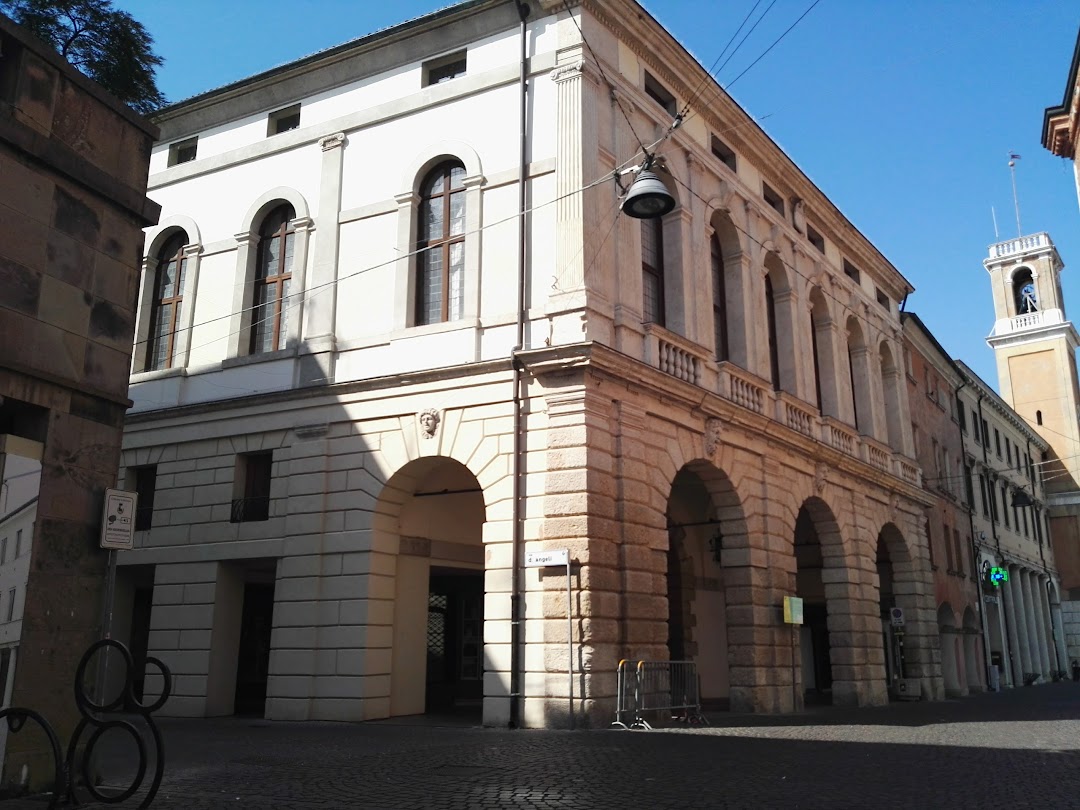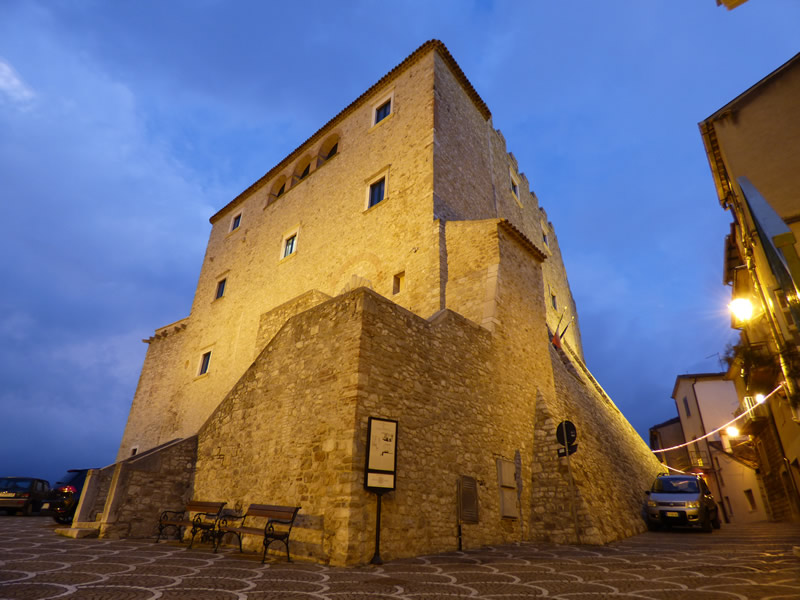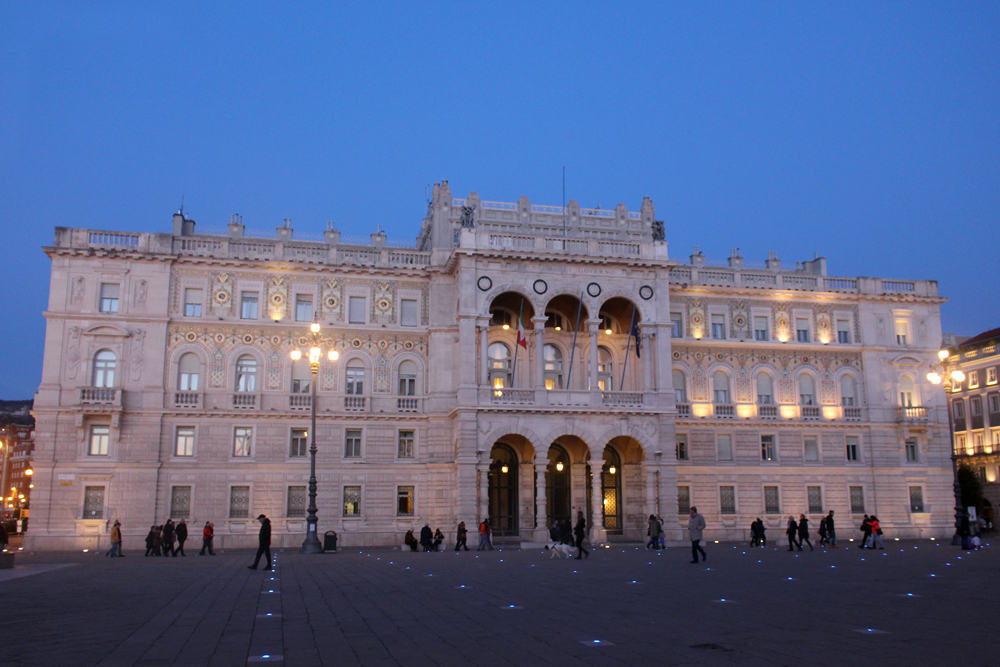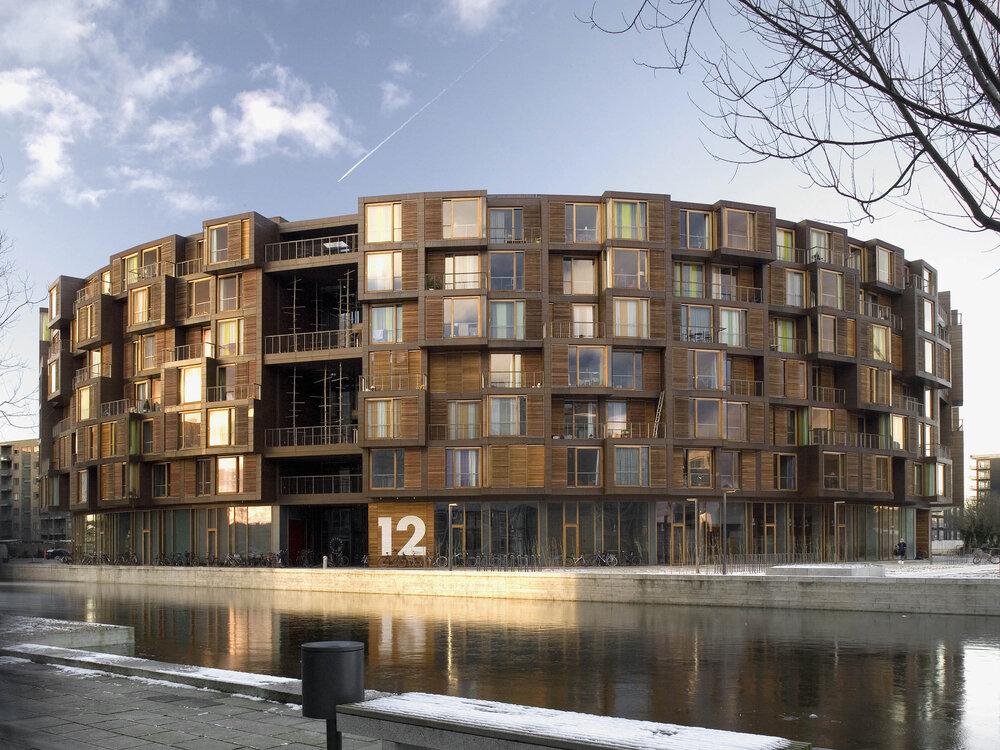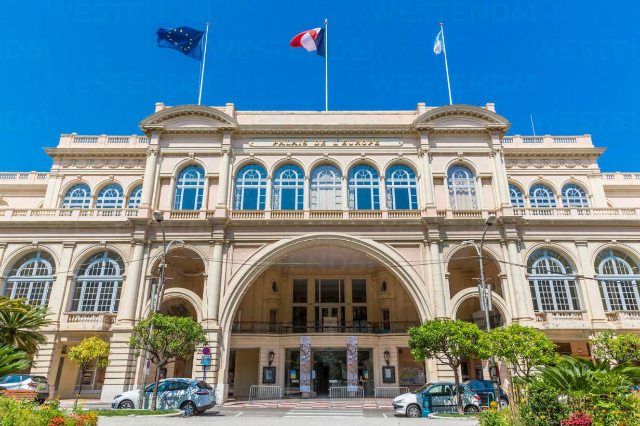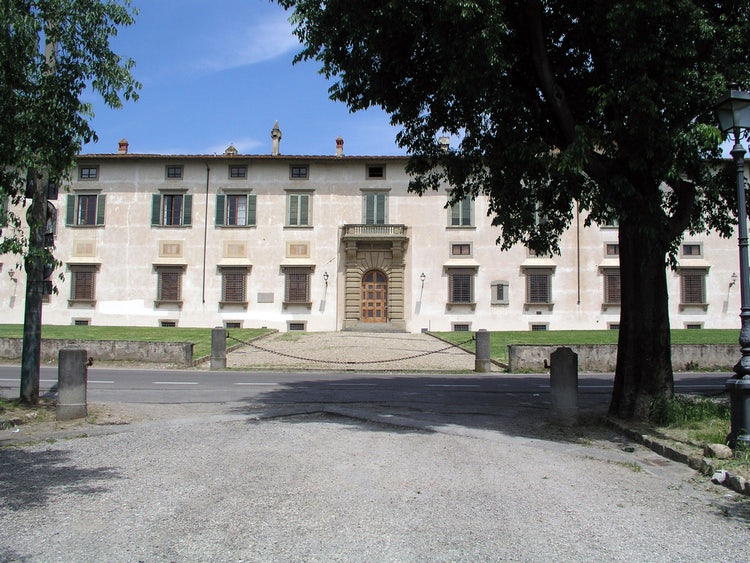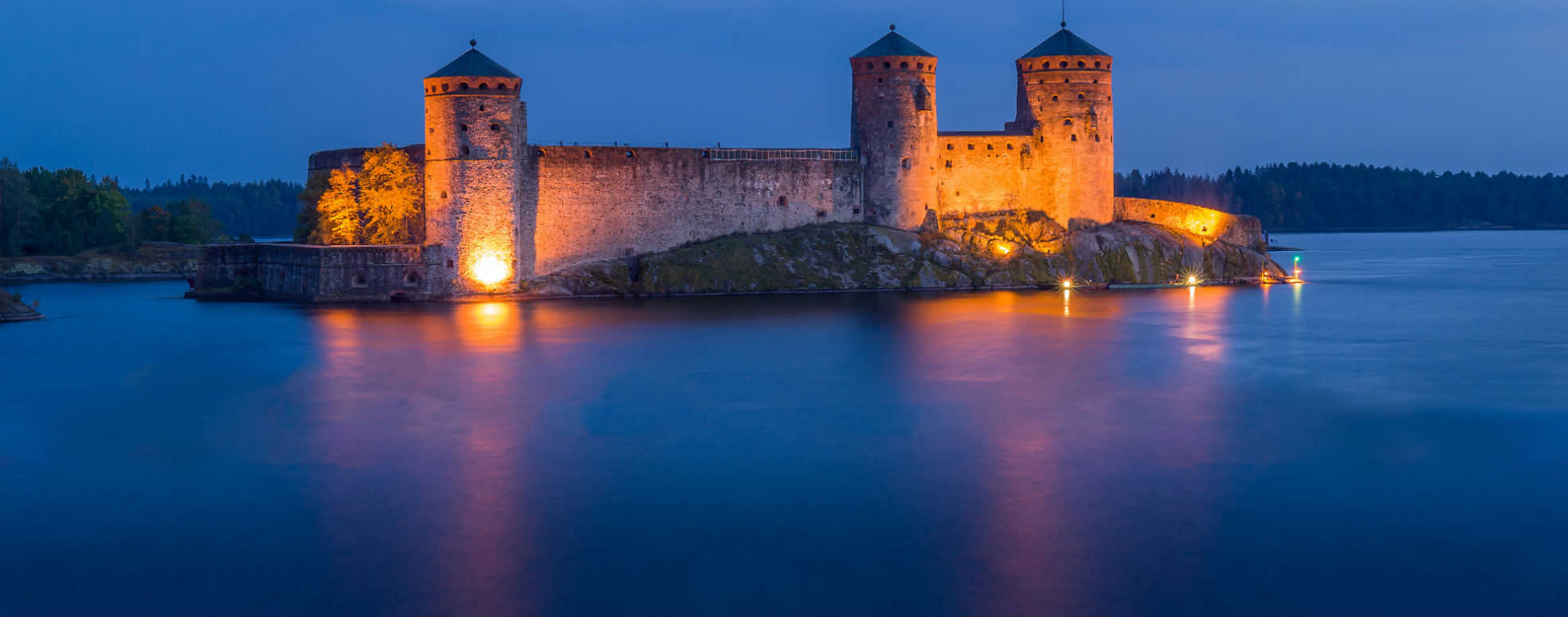Built between 1550 and 1562 at the behest of Giovanni Roncale, the palace was meant to be the manifesto of the social rise of a family, the Roncale, who moved to Polesine from the Bergamo valleys around 1475 and became so rich in the space of seventy years that they became members of the town council (1545). The building, which occupies the corner between today’s Via Angeli and Piazza Vittorio Emanuele II, contrasts the architectural characteristics of the early Ferrarese Renaissance of Palazzo Roverella with the grandeur of the Venetian Renaissance.
The façade towards the Piazza consists of two superimposed orders: Doric ashlar on the ground floor, on which three large arches with masks in the keystones open, and Ionic on the first floor, where six high arched windows interspersed with Ionic pilasters give rhythm to the space. It is interesting to observe how the façade ends on the corner with Via Angeli: on the ground floor as well as on the first floor one can notice a double pilaster to underline the conclusion of the building. This feature is absent, however, in the final part of the building towards the civic tower. This anomaly underlines how the palace is actually unfinished. In fact, in the intentions of the client, the building should have continued along the Piazza, occupying all the properties that the Roncale family had purchased on the northern side of the Piazza from 1516 to 1538. However, the project was too ambitious and the illness and consequent death of Giovanni’s brother Antonio in the summer of 1550 contributed to the scaling down of the original project. The project has often been attributed to the Veronese architect Michele Sanmicheli; however, although there are notable stylistic elements that can be attributed to Sanmicheli and the attribution is confirmed in the literature, there are no certain sources and the only 16th century document that refers to the workers is limited to mentioning generic prothi and experts.
The palace, even if unfinished, was in the sixteenth century one of the most elegant in the city to the point of being chosen to host, in 1574, Henry III, King of France and Poland. The monarch expressed his satisfaction with the stay by conferring on the master of the house Antonio (son of Giovanni Domenico and grandson of Antonio) the honour of Knight of the Sacred Military Order of San Michele.
